The story behind the ultra-rare vintage guitars of the Songbirds Guitar Museum
Curator David Davidson on assembling the astounding Songbirds collection
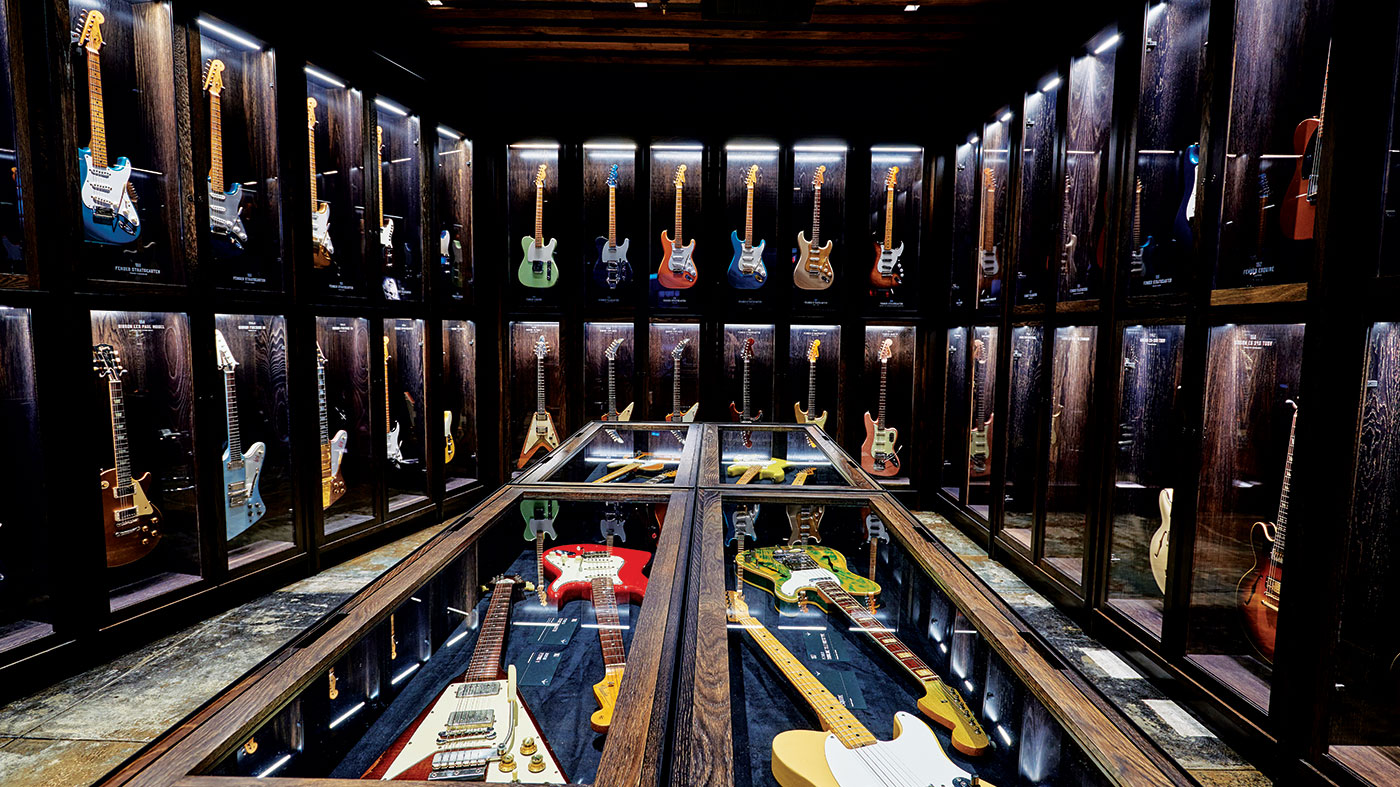
We journey to Chattanooga, Tennessee, to explore what may well be the greatest collection of vintage guitars ever assembled: The Songbirds Guitar Museum. Prepare to be amazed...
Two hours’ drive from Nashville, the spiritual home of American guitar, lies the city of Chattanooga. Glen Miller immortalised the place in 1941, in the song Chattanooga Choo Choo about a musician riding the railroad to meet his girlfriend at the end of the line in Tennessee. That journey would have resonated with any musician of the era, for Chattanooga was the transport hub that linked all points of the compass - and any band touring the country got to know it well.
It’s almost surreal - and very like heaven for anyone who loves the landmark guitars of the 20th century
While the crowds on the city’s railway platforms have vanished into history, Chattanooga is today the site of another musical phenomenon. Walking past the old railway terminus you can’t miss the winged, neon guitar that glows like a beacon in the night. It hangs above the newly opened Songbirds Guitar Museum and the barest outline of the instruments housed inside is enough to quicken the pulse.
Thirty ’Bursts. More than 70 custom-colour Firebirds. Fender prototypes that still bear tooling marks put there by Leo Fender and his original Fullerton crew. Broadcasters, Nocasters and ‘Frying Pan’ Rickenbackers from the 30s. The list goes on and on. A five-minute walk round even the most public areas of the museum reveals at least a dozen guitars we’d never thought existed, let alone seen before in the flesh. And that was before they showed us the really good stuff in the room they call The Vault… But that’s getting ahead of ourselves.
Walking from display case to display case, from decade to decade, it becomes clear that this is more than just an astonishing collection of guitars. It’s also a history of musical revolution and American design during an era of unprecedented change. Remarkably, the staff of the Songbirds Museum take many of those timepieces down from their cases every day and place them in the hands of surprised visitors (quick jam on a ’58 Flying V anyone?) because they think that the museum’s guitars should be played and heard, not trapped behind glass.
When we called by at 10am on a Thursday morning a Dumble Overdrive Special and a ’59 Les Paul Standard were being put through their paces by two guitarists from a visiting band. It’s almost surreal - and very like heaven for anyone who loves the landmark guitars of the 20th century.
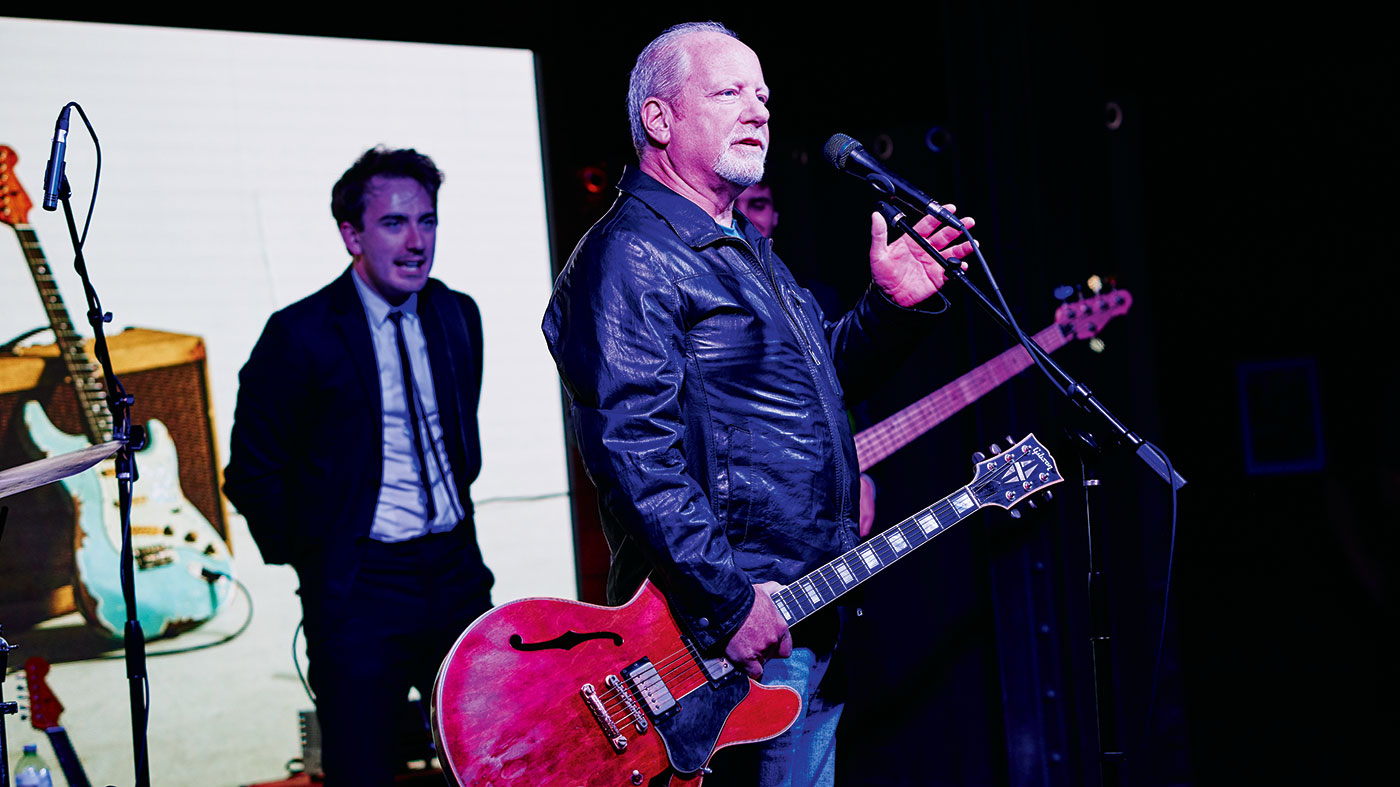
A vintage veteran
So how did it all come to be here? To find out, we met veteran vintage guitar trader David Davidson, who is now curator of the Songbirds Museum. Sitting down with a coffee surrounded by cabinets full of vintage Goldtops and Les Paul Customs, David describes how childhood curiosity blossomed into a lifelong appreciation for rare guitars.
Get the MusicRadar Newsletter
Want all the hottest music and gear news, reviews, deals, features and more, direct to your inbox? Sign up here.
“I grew up in Long Island, New York, about 20 miles east of New York City,” he explains. “When I was about five years old, I had an uncle who opened up a small music store in a hamlet called Port Jefferson, which is a pretty bustling place now. But back then in the 60s it was not. He used to bring me into his store on Saturdays and literally pour out giant fish-bowls full of picks, and have me sort them by colour to keep me out of his hair.
I had an uncle who opened up a small music store... He had Fender, and he had Gibson and Gretsch. It was very exciting
“He had Fender, and he had Gibson and Gretsch. It was very exciting. But he wasn’t the greatest of businessmen and he went bust after about five years. When he went out, he took a lot of those guitars and he put them in my parents’ garage. My parents had a nice-sized garage and they were just up on shelves in boxes.
“When I was around 11 or 12 years old, I used to sneak up there and pull a guitar out and look. The guitar that sticks in my mind the most was a 1961 Sonic Blue Stratocaster. Well, I didn’t know it was a ’61 at the time. I just knew it was a Sonic Blue Stratocaster because I had a custom colour chart from the store, right? So I was born into Fender lore.”
Not long after, David got his first job helping another small-town guitar shop unload deliveries, initially paying him only with free sandwiches. The snacks became a proper cash wage, however, when his employer realised how dedicated the young guitar-obsessive was. This fledgling job in music gave David his first taste of trading vintage guitars.
New York, New York
“Eventually, I bought myself a little amplifier and I started to save - and before long I bought a very nice Jazzmaster there. It was just a regular Sunburst. When I think back about it, it was gold guard, so it was probably a ’58 or a ’59. It was just traded and it was $150. Guitars were not expensive, and so I was fortunate enough to get that.”
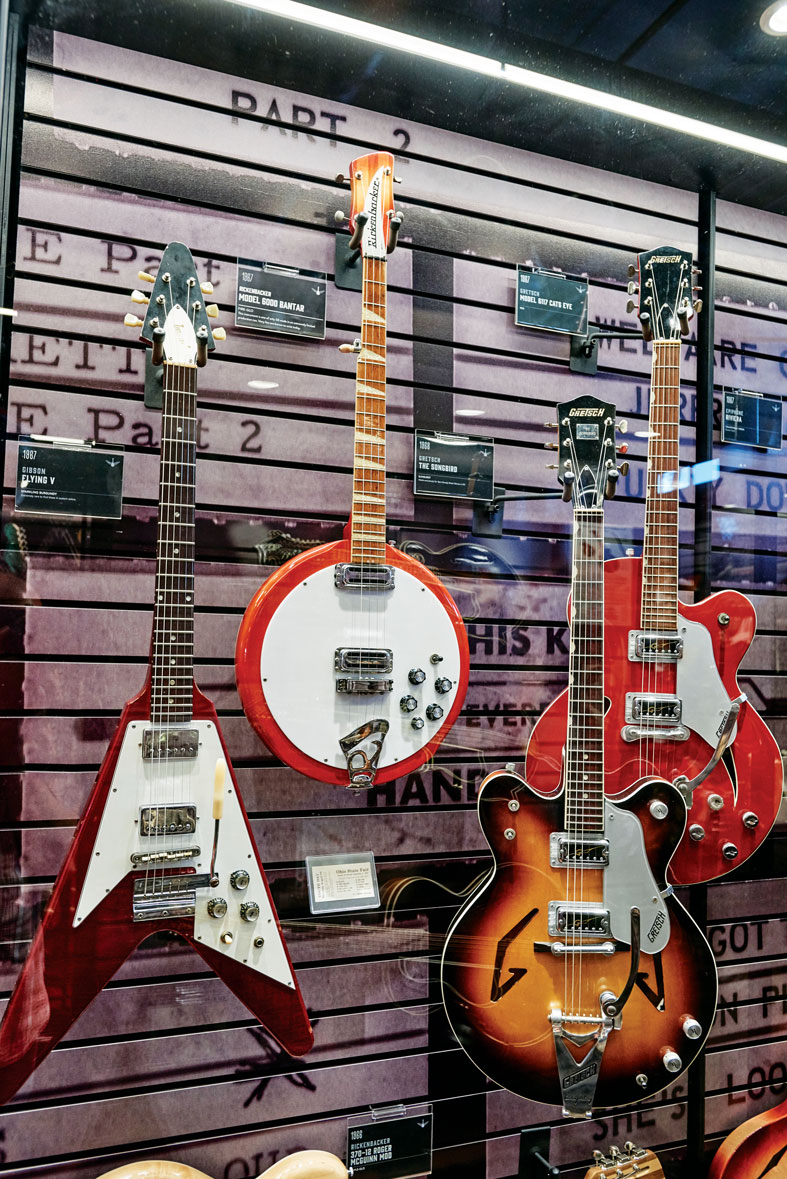
He got the bug for it, of course - and the bug bit deep. As he grew older and more experienced, David expanded his forays in search of guitars to New York, where dealing with the city’s hard-bitten music store staff sharpened his trading skills considerably. To his surprise, he found that a knowledgeable, determined kid could hold his own there.
“I’d walk from store to store. I think there were 17 different musical stores. There was Alex Music, and Terminal, and Sam Ash and Manny’s. The cool thing was, when you walked around 48th Street back then, it was a very common sight to see Lou Reed walking one way, and some gentleman holding Stevie Wonder’s hand, helping him into another store, and Blondie walking by. It was very common. It was just everywhere.
“I started to get into the habit of walking into a store and buying a guitar, then walking across the street, and selling it to a different store for a little more - then going across the street and buying another guitar. Maybe at the end of the day I had $30 in my pocket, and I felt like, ‘Wow, I can spend $5 on lunch and still go home with $25’.
“I learned a lot there. I learned a lot. Some people are really great with children and they’ll show them everything, because kids are like sponges, and they absorb. Some people are nasty to kids. I’d go into Manny’s and they’d say, ‘Show me the money’. When I didn’t have the money, they would throw me out of the store, because that’s where the pros shopped.”
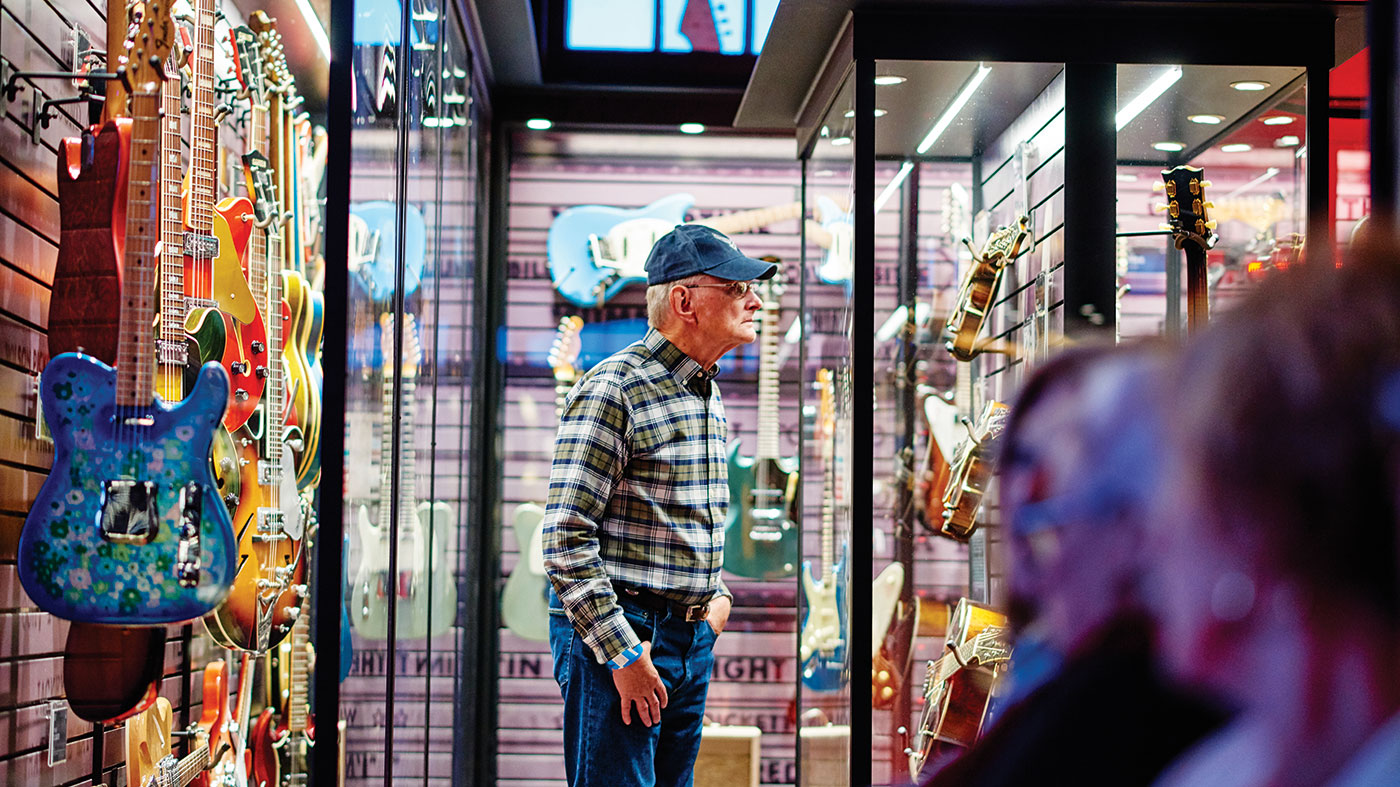
Starting the collection
As he grew into a young adult, a rich and varied career in trading old guitars beckoned. David eventually set up a very successful vintage department at the major US music retailer Sam Ash. It was here that the idea for a museum was born thanks, like so many guitar adventures, to an impulsive moment on eBay.
“This collection started in the strangest of ways,” David recalls. “I’d put a ’54 Strat hardtail up for sale on eBay. Back then, eBay was new and it was about selling little stuffed toys and things like that. Nobody ever thought it was for selling anything expensive. But I put this hardtail ’54 Strat up on eBay. Nobody called. There were no questions being asked. It was just went, went, went. It was two minutes to go - then somebody bid it up to reserve, which was $25,000, and bought the guitar. I was like, ‘Wow’.
[Our patron] said, ‘I think I’m going to put together a little collection of guitars, and let’s see how it goes,’ and that was it
“A little period of time went by, probably about two or three hours, and I get a call from this lady. She said, ‘Hi, this is my name, and I’ve paid for this guitar that my boss bought on eBay.’ I said, ‘Okay.’ She said, ‘Well, I’m going to give you a Mastercard’. Now, I’m thinking to myself, ‘Nobody ever told me they were going to give me a credit card payment for $25,000 before. Ever’.
“This is 20 years ago: you just didn’t do that, at least not in my life. I never saw it. I once saw somebody put $5,000 on credit. But this was $25,000 on a credit card, so I was pretty amazed. When they did that, I was blown away when the credit card actually went through, without me even having to call the credit card company.
“Maybe a couple of days after I shipped the thing out, I got a call from this very exuberant guy. ‘Hey, you’re the guy who sold me that guitar?’ I said, ‘Yes.’ He said, ‘Man, that thing is unbelievable.’ He said, ‘I’m a Telecaster guy, but I just absolutely love that Strat.’ I said, ‘That’s great.’ ‘You’re in New York, right?’ I said, ‘Yes.’ He said, ‘Well, alright, I’m going to be in New York in two weeks, and I want to meet you.’ I said, ‘Well, okay, great’.
“So he came to New York and I went into Manhattan to meet him, and we went to this very, very swanky hotel. I was just in T-shirt, jeans, no better than I’m dressed now. I walk in. He tells me to meet him in the restaurant of this very fancy hotel. You know how some Manhattan hotels can be very highfalutin? Well, I walked in, and I was very pleased to see that he was also wearing jeans and a T-shirt. We had a meal, and we talked about guitars for a couple of hours. Then, he came over to Sam Ash, where I was working for the vintage guitar department. He bought four guitars. He said, ‘I think I’m going to put together a little collection of guitars, and let’s see how it goes,’ and that was it.
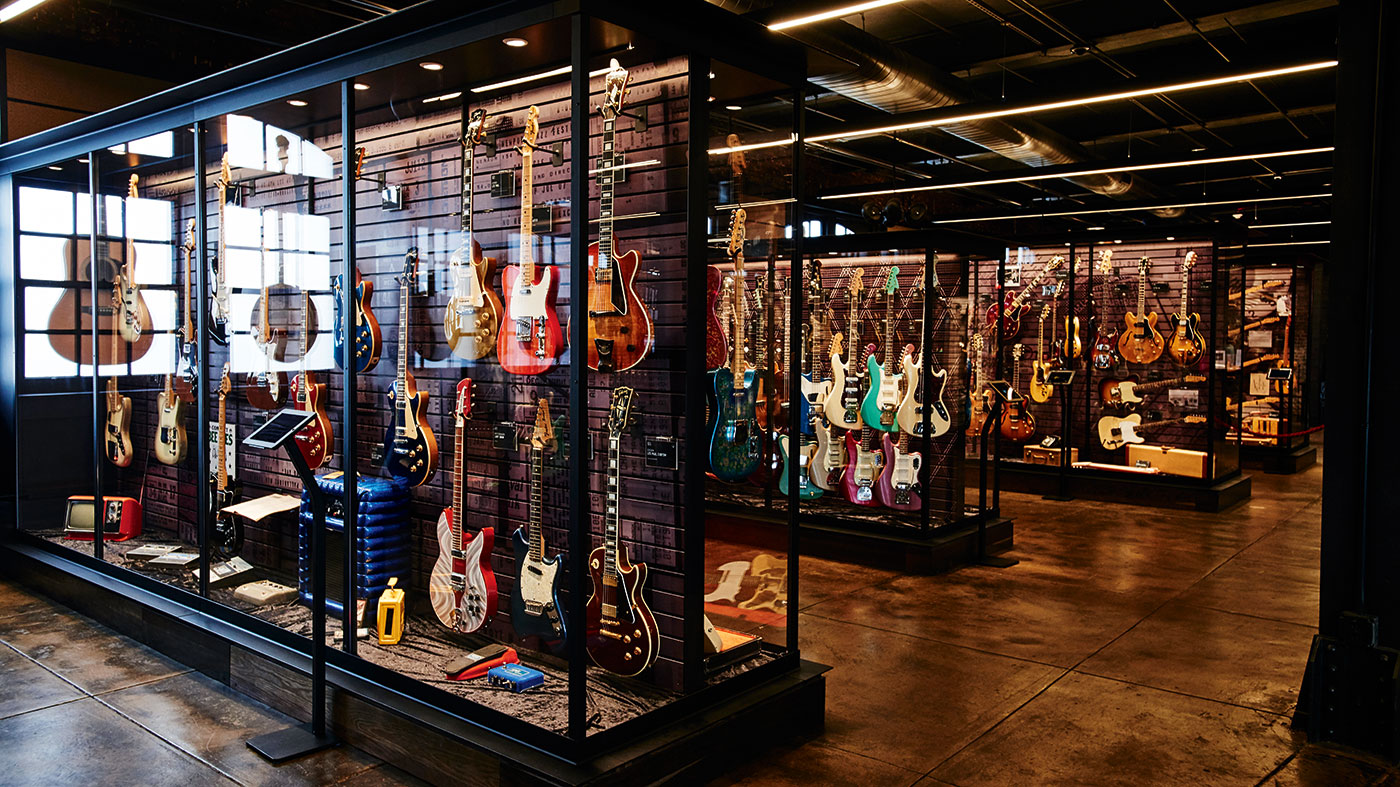
Breaking the bank
“He did just that: he bought a couple of guitars, then he bought a couple more guitars and then, one day, he said to me, ‘You know what? I always wanted to try one of those ’Bursts. I hear everybody’s talking about ’Bursts.’
“He was a very skilled bluegrass player, so he knew his way around. I didn’t have any ’Bursts, so I called a buddy of mine who had some. I said, ‘Hey, can you send me some really nice ’Bursts? This guy is going to try them out, and maybe he might buy one, or it might be a complete waste of time, and I’ll pay your shipping.’ He said, ‘Sure,’ and he sent them, and the guy played them. He said, ‘I’ll take them both.’ ’Bursts back then were probably $125,000 and he took them both. It blew me away.
We decided to go after the world’s rarest guitars, [we thought] ‘This stuff is going to go away soon’
“We never looked back. The collection just kept growing and growing, and filling in different niches of guitars from electric solidbody to hollowbody, archtop guitars to flat-top guitars, banjos to mandolins, all kinds of bluegrass instruments, lap steels.
“Then we decided to go after the world’s rarest guitars, but that didn’t happen until we were in it for probably about 12 or 13 years. We just had a discussion one day and said, ‘You know what? This stuff is going to go away soon, and if we don’t make moves very soon, we’re never going to have opportunities. Even though they’re going to seem expensive, it’s going to be pennies on the dollar when you think of what they’re going to be in five years from now, so let’s try and take a stab at it’. So we did that, and that’s how the collection came to be.”
While the museum’s bluegrass-playing patron remains (by choice) anonymous, the purpose-built museum that houses the collection is very much open to the public. The exhibits are themed in such a way that the story of jazz, blues and country is linked to the evolution of guitar design, illustrating how one catalysed the other from the 1930s to the 1970s, ushering an extraordinary era of change.
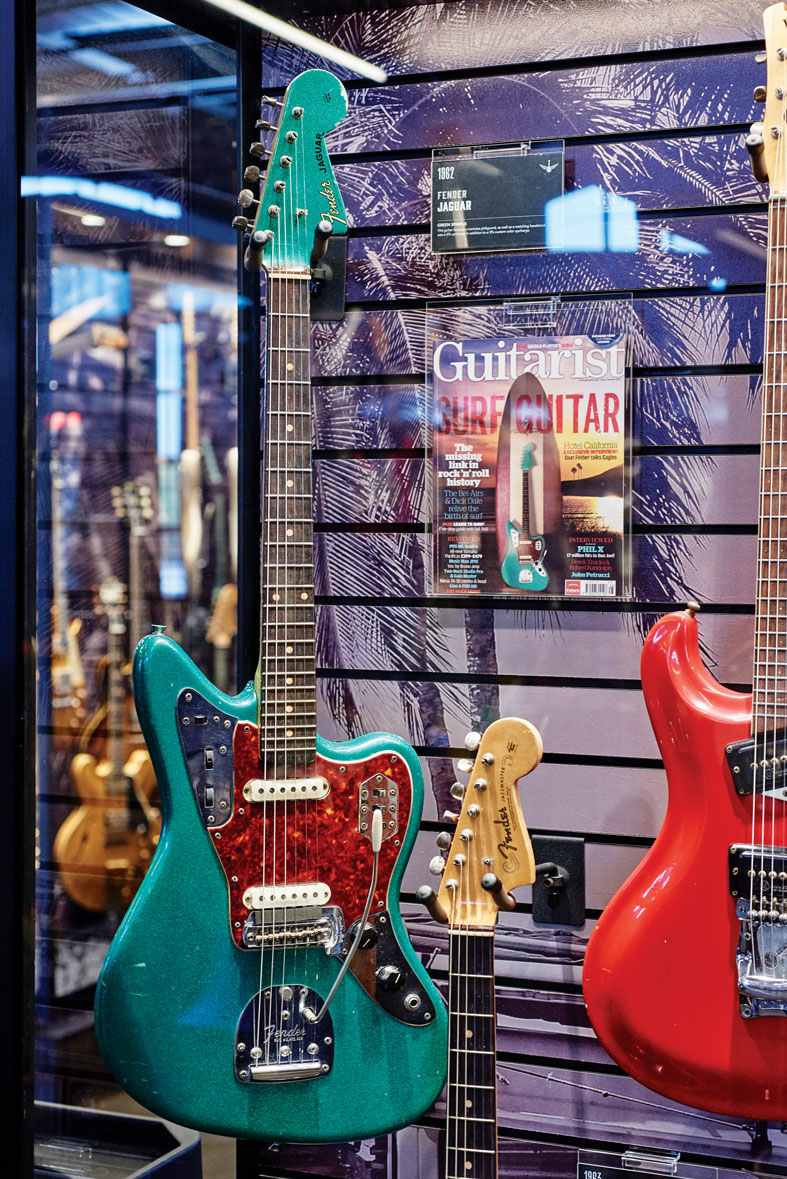
There’s a surf guitar exhibit - complete with a stunning ’62 Jaguar in green sparkle finish that once featured on the cover of Guitarist - a British Invasion cabinet and more in a similar historic vein.
“We wanted to people to acknowledge the guitar from a unique perspective, so you don’t necessarily have to be a player to appreciate it,” says Songbirds’ president Johnny Smith, who is a pro-grade drummer when he’s not taking care of business at the museum. “We want them to understand the impact that this instrument, this machine had on American culture.”
Nonetheless, for dyed-in-the-wool guitar lovers, the revelations are the instruments themselves. So many things are unexpected. Ever seen a ’71 Thinline Tele in factory Go Go Orange finish built specially for that year’s NAMM show? Neither had we until we saw one here, right beside one in Moulin Rouge Pink. Ever seen a ’67 Rickenbacker Model 6000 Bantar electric banjo? No, us neither - nor an ES-295 in Argentine Gray finish, nor a semihollow Les Paul Custom built as a factory experiment in the 50s.
Commendably, these jewels in the crown are housed in such a way that they can be taken out of their cases, played and shown to visitors every day, unlike some of the main exhibits.
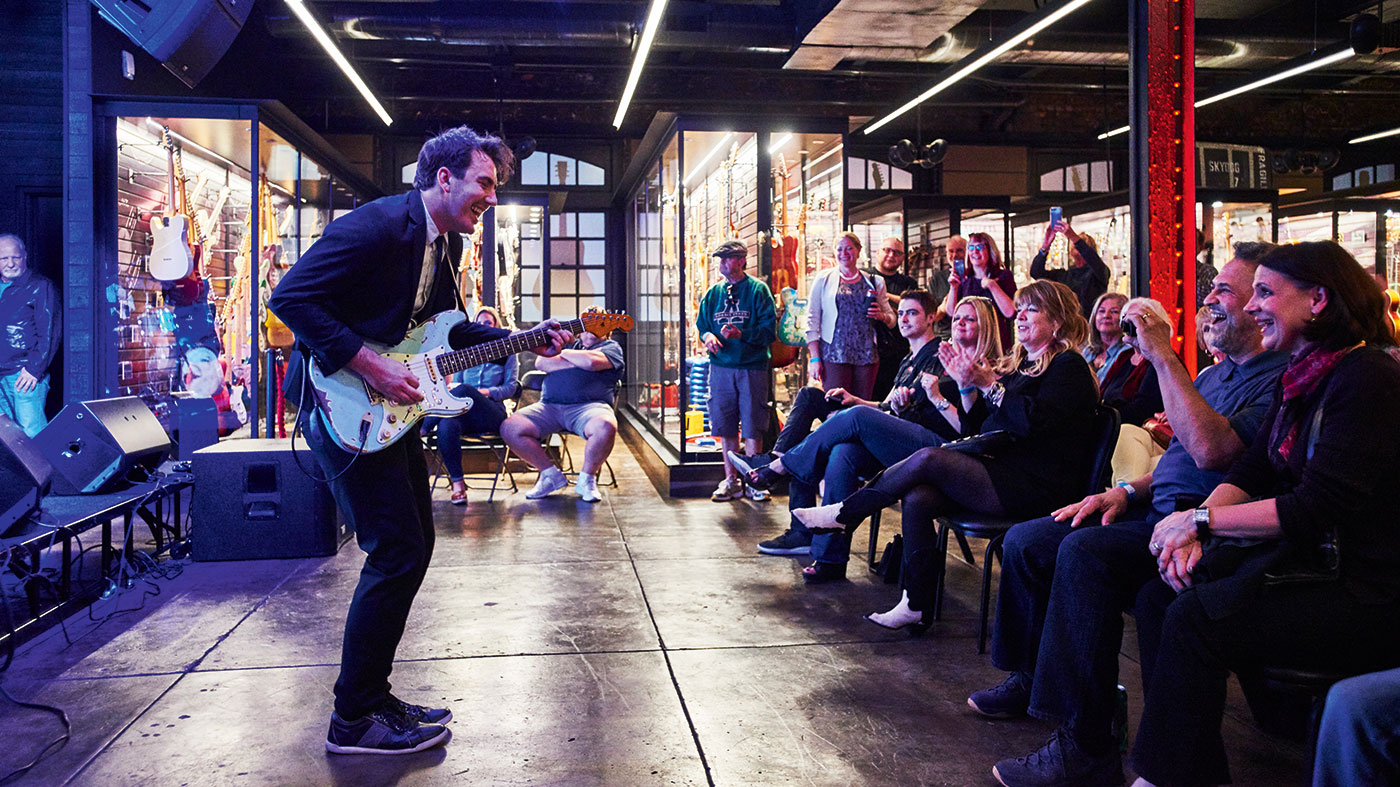
Keeping score
As we examine guitar after guitar, curator David Davidson broaches a question that many of our readers have raised, too. A museum like Songbirds is not merely a guitar collection but a very real contribution to the historical record regarding rarities made by the great guitar makers. So why doesn’t someone establish a central record to keep tally of what’s out there?
We’re the only big collectible hobby - I hate to call it an industry - that doesn’t have set standards for grading
“We’re the only big collectible hobby - I hate to call it an industry - that doesn’t have set standards for grading,” David comments. “If you buy rare coins there are grading systems. The other thing about rare coins is that you can have them certified to be authentic. Once it’s graded and authenticated, it goes to a thing called ‘population report’, which is brilliant. The report states how many are known to exist based on how many have been graded.
“Now, if there was a governing body in the guitar world that said ‘we grade Stratocasters, we authenticate them and we put our reputation behind the fact that we say that this guitar is what it is.’ Then we could say, for example, ‘we have five Burgundy Mist Metallic ’63 Strats that we’ve certified; we have seven Burgundy Mist 1964s’ and so on. Now someone has a record. It needs to exist.”
The stumbling block so far is that it would take a tremendous amount of resource to set up properly, plus any panel of adjudicators would need to have an unimpeachable degree of independence, experience and profound knowledge of the field. But it could and, maybe one day will, be done - and if it does, you can bet that Songbirds Museum will be a part of it.
“We have probably half a dozen Sonic Blue Stratocasters but only one Daphne Blue Strat. Just based on samples like that I’m able to know which are the really tough colours and which are a little less scarce. I know what I’ve seen and what I haven’t seen. So until someone shows me a Shell Pink gold parts Jaguar, I can say flat out that I’ve just never seen one before and don’t believe it to exist,” David adds. “But if someone shows me one and I can authenticate it, I can then say ‘Hey, we’re holding onto a population of one’.”
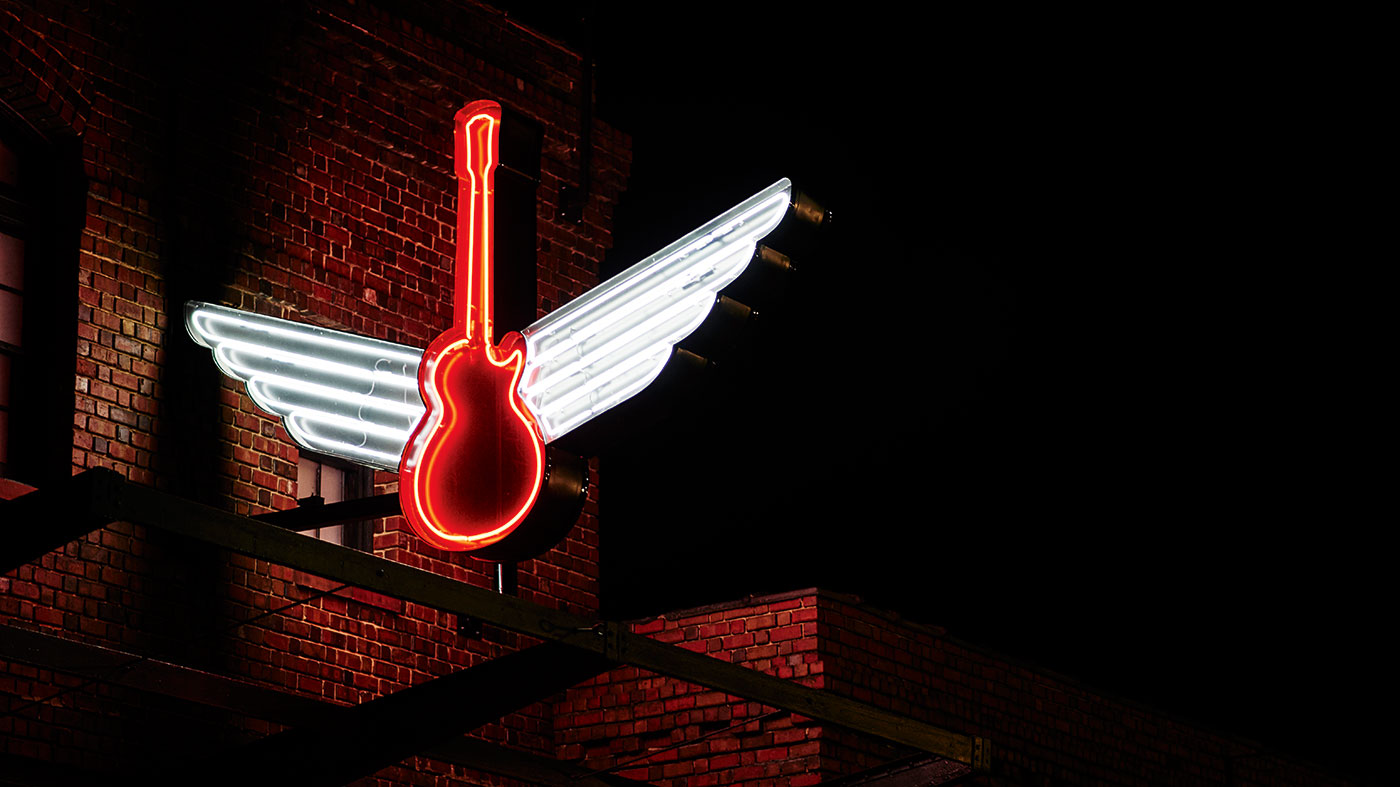
Stay tuned
As you may have guessed, there is far more in the collection than we’re able to squeeze in one feature, so we’ll be serialising further articles on the guitars we found at Songbirds, including more stunning Fender and Gibson prototypes, custom colour instruments and one-off factory experiments. Until then, we can only add, with Glenn Miller, that “When you hear the whistle blowin’ eight to the bar, then you know that Tennessee is not very far...”
If this has whetted your appetite for visiting the museum, a connecting flight from Atlanta reaches Chattanooga in well under an hour. General admission is $15.95, while an all-access guided tour of the museum including the Vault will set you back $38.95. Head to the Songbirds Guitar Museum website.
Jamie Dickson is Editor-in-Chief of Guitarist magazine, Britain's best-selling and longest-running monthly for guitar players. He started his career at the Daily Telegraph in London, where his first assignment was interviewing blue-eyed soul legend Robert Palmer, going on to become a full-time author on music, writing for benchmark references such as 1001 Albums You Must Hear Before You Die and Dorling Kindersley's How To Play Guitar Step By Step. He joined Guitarist in 2011 and since then it has been his privilege to interview everyone from B.B. King to St. Vincent for Guitarist's readers, while sharing insights into scores of historic guitars, from Rory Gallagher's '61 Strat to the first Martin D-28 ever made.


